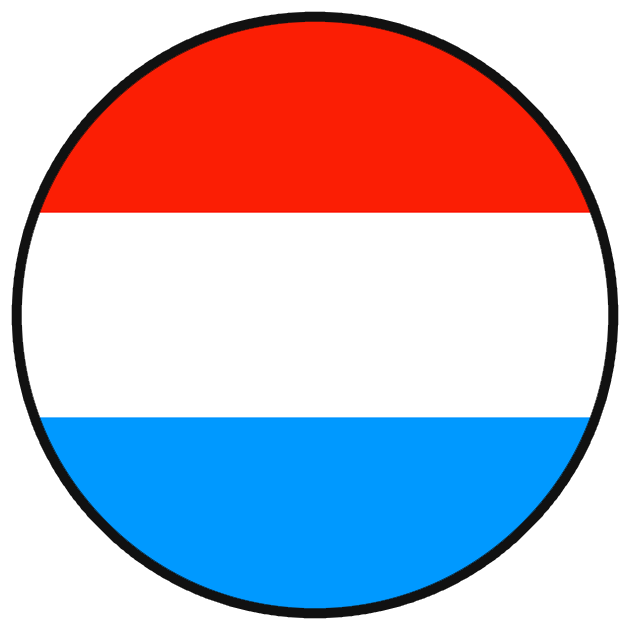You may have noticed it before – that dark, powdery layer on the surface of some citrus fruits. That’s Negrilla or Fumagina – a fungus that affects the leaves, stems, and even the fruits. Negrilla appears not only on oranges but also on other fruits such as lemons or grapefruits.
First things first: This fungus, caused by an infestation of whiteflies, may seem a bit unusual but it is harmless and has no impact on the taste or quality of the fruits.
The cause of this fungus is the whitefly. These tiny pests leave a sticky honeydew on the plants, which becomes an ideal breeding ground for the Negrilla fungus. The fungus then grows over this honeydew, forming a black, soot-like layer.
Normally, rain would naturally wash away this layer, allowing fruits to shine in all their glory. This year, however, rainfall has been limited, so the Negrilla stubbornly persists.
It’s important to emphasize that this fungus doesn’t affect the taste and quality of the fruits. You can still enjoy them without worrying. If you plan on using the outer peel, you can simply clean it with a damp cloth or wiping it gently will suffice.
On the plant itself, the damage is slightly more significant as the black layer covers the green structures containing chlorophyll, responsible for energy production. The blackness blocks the sunlight that the green leaves absorb to produce energy for the plant’s growth. This layer might therefore hinder the process of photosynthesis and reduce the plant’s energy production.
Considering our commitment to regenerative agriculture and our particular sensitivity to scarce water resources, we have chosen not to engage in intensive Negrilla removal. This would involve washing the trees or fruits with water and soap.
We hope this explanation clarifies the presence of Negrilla on our fruits and assures you that our citrus fruits are indeed a wonderful gift from nature.





 My account
My account 

































